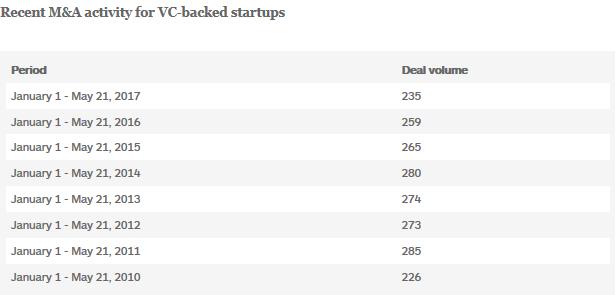Contact: Brenon Daly
Though undoubtedly well-intentioned, the Jumpstart Our Business Startups (JOBS) Act has nonetheless turned out to be a bit of a misnomer. When it was originally signed into law in April 2012, the JOBS Act was heralded as a way to remove some of the perceived obstacles that kept young companies from pursuing an IPO. Over the past half-decade, however, the law has come up way short in jumpstarting the tech IPO market.
Undeterred by that, the authors of the JOBS Act have expanded the law, opening the way for all companies — rather than just the ones that met the original ’emerging growth’ criteria — to go public while limiting the amount of information they disclose. The change goes into effect today.
However, we can only imagine that the expanded JOBS Act will have as negligible impact on the tech IPO market as the original law had. That’s generally the case when bureaucrats introduce regulation to solve a market-based problem, and that goes double for when regulators focus on the wrong problem in the market. To be clear, the lingering problems in the tech IPO market are due to a breakdown of the fundamental components of any market: supply and demand. (See our recent full report on the tech IPO market.)
Crucially, the JOBS Act only really addresses the ‘supply’ portion of the equation by, ostensibly, making it easier for companies to go public. But once companies make it to the NYSE or Nasdaq, they soon discover the real problem: Wall Street doesn’t particularly want them. Sure, tech vendors such as MuleSoft and Okta have both put up strong offerings so far in 2017. But we would argue that startups that can raise a quarter-billion dollars from private-market investors hardly need help raising capital through a public offering. (Indeed, both Okta and MuleSoft raised more as private companies than they did in their upwardly revised public offerings.)
Without increased demand from investors for newly issued equity from the hundreds of tech startups that have the financial profile to go public, the tech IPO market will continue to sputter. Paperwork from Washington DC won’t change that.





